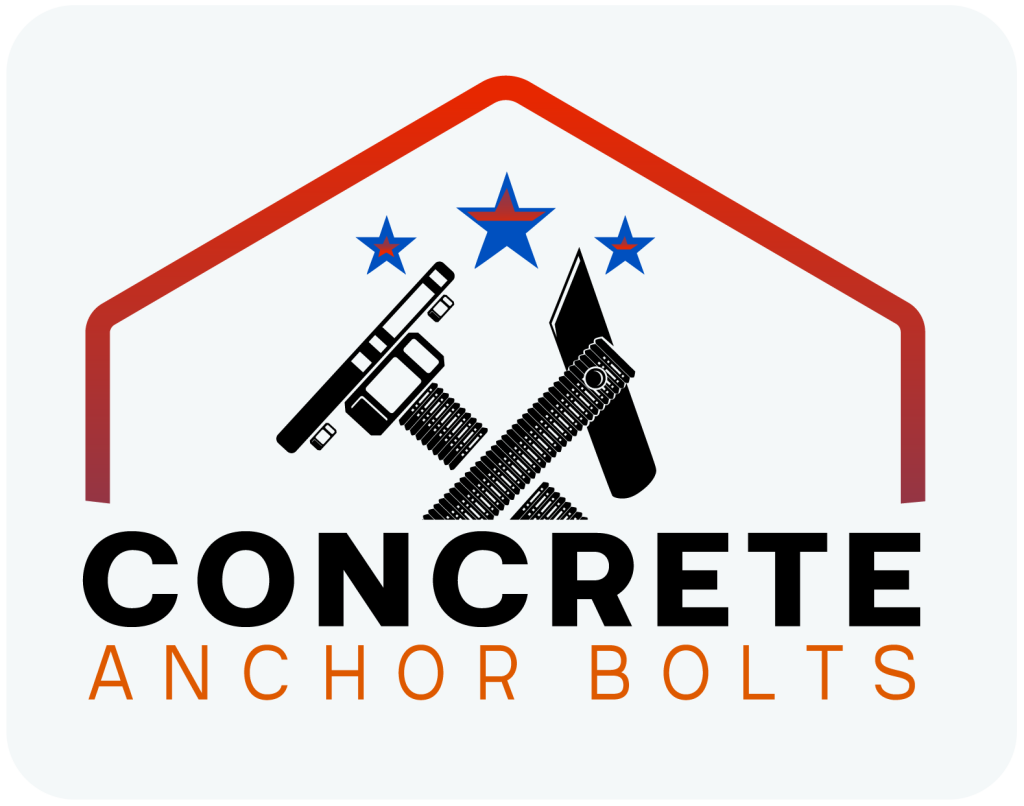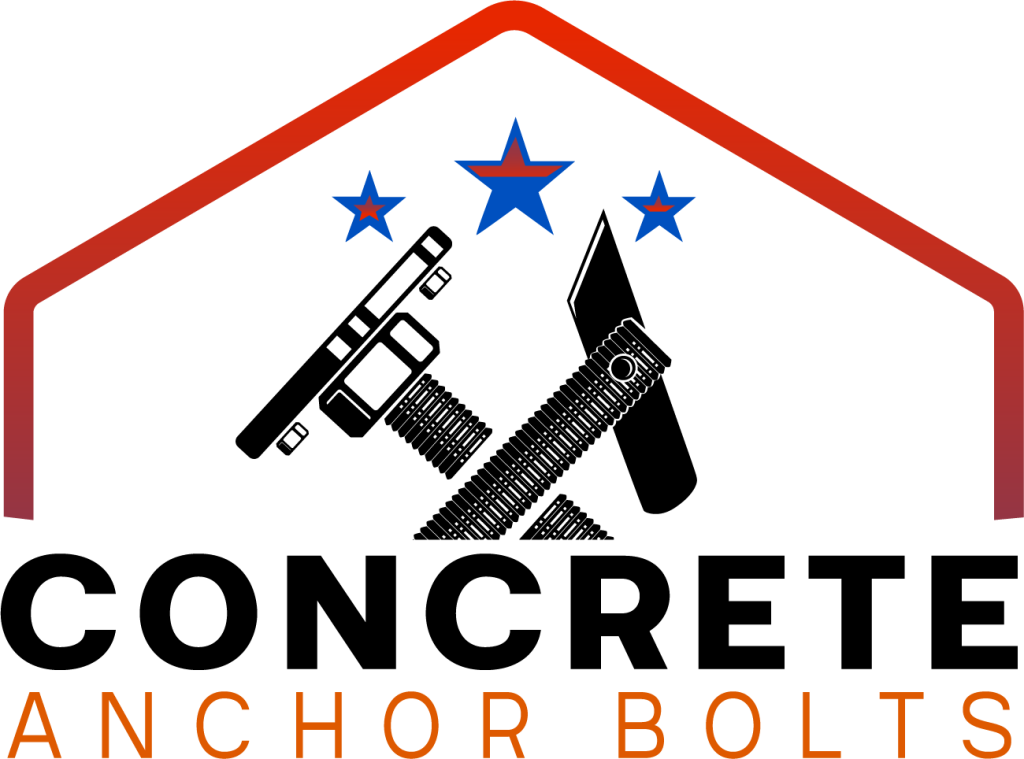
New! Easy Anchor Install
When performing an anchor bolt replacement, consider the following considerations. These include drilling devices, field bending, cementitious material, and the use of a special drilling device. Read on to learn more. This article will address the benefits and drawbacks of anchor bolt replacement. It also outlines the process for replacement. Below, we will discuss the specific steps involved. This process may not be the best option for some projects. Make sure you understand the process before attempting it.
Disadvantages of anchor bolt replacement
When deciding to replace a damaged anchor bolt, it is crucial to understand its limitations. The bolt must be of sufficient length for the hold-down capacity and design load. If the anchor bolts are too small, they may be too weak to support the design load. However, an upgrade can make the bolts stronger and correct the hold-down system if the existing one is inadequate. In addition to manufacturing the bolts to ASTM specifications, vendors must also produce the nuts and washers required to complete the job.
Anchor bolts must be firmly fastened to the foundation skirt or support member before the base plate is installed. A misplaced anchor bolt can cause significant structural problems in the building. To solve this, the engineer must decide whether to replace the anchor bolt or change its pattern. In such cases, the engineer must modify the anchor bolt in order to meet consensus standards and OSHA requirements. Although this procedure is time-consuming, it is also a highly recommended method if the damaged anchor bolt is located in the concrete foundation.
Among the disadvantages of anchor bolt replacement is the cost. If a mechanical anchor is installed, it can cost a lot less than a resin one. However, the disadvantage of resin anchors is that they are expensive, and require special equipment to install. Also, some types of mechanical anchors can be installed through the fixture’s clearance holes. If this method is chosen, it will require more time, but the costs will be relatively low in a safety-critical application.
A permanent repair may be required if the existing anchor bolt fails. However, these are not the only options available. You can also repair broken anchor bolts using welding stud extensions and mechanical couplings. These two methods remove damaged threaded regions in the anchor bolt. Damaged threaded areas are often impacted by corrosion, lateral shear, and vertical ‘cup and cone’ failures. This process can add significant service life to an existing anchor bolt system.
Field bending
lf the original anchor bolts are damaged, field bending may be an option. Field cutting may enlarge or slot the holes on the steel base plate. In some cases, it is even possible to cut the column down after replacing an anchor bolt. However, it is important to consult with the Structural Engineer of Record before making any decisions. Here are some guidelines for performing field bending after anchor bolt replacement. In any case, the field bending must meet the parameters specified by the Structural Engineer of Record.
Before replacing the original anchor, the installation site should be inspected visually to ensure that the new anchor meets the requirements. After installation, it is important to verify whether the anchor is properly installed, as improper reinstallation may result in deterioration or failure. The length of the undercut must be at least equal to the required embedment depth. If it is not, it may be necessary to drill out and remove the new anchor.
Rapid repair of damaged anchor bolts is a better alternative than removing and replacing the original anchor. It will save on costs and time and minimize disruptions to traffic. Furthermore, it minimizes the risk of safety hazards. It may also reduce traffic disruption. This article reviews the most effective repair methods and techniques for damaged anchor bolts. There are several advantages of fast bolt removal and replacement. If you are planning to replace an anchor bolt, use a bolt extractor.
Before anchor bolt replacement, check the position of the bolts. To do so, the bolts should be at least 100 mm away from the concrete edge. Ensure that they are not contacting the rebar cage. For larger anchor bolts, check the size of the holes to ensure that they are the correct ones. If you are not sure about the exact dimensions, call the company’s technical team to provide you with a quote.
Cementitious material
If you are planning to replace the anchor bolts on your building, then you need to use a high-quality, fluid material called anchor cement. This material is formulated to provide an excellent bond between metal objects and concrete. You must mix the material according to the instructions on the package. To make the material more fluid, you must add water first. After that, add enough material to make a fluid mix. You can use a power drill or a mixing paddle in a five gallon bucket to mix it. Regardless of the method, do not mix it too much at once.
Another method is to use Loctite Metal and Concrete Epoxy. This type of cementitious material is a two-part epoxy system designed to reset loose railing posts and fill the gaps between metal and concrete. Loctite Metal and Concrete Epoxy is best suited for use on metal surfaces, but can also be used on concrete structures. Mix equal parts of resin and hardener. You can also tint it with sand or cement to match the surrounding concrete surface.
Once the base plate has been prepared, the next step is to inspect and adjust the anchor bolts. If they have come out of alignment, you can try bending them into position. However, if the anchor bolt is not in the proper position, you must take care to align it properly and secure it. You can also heat the bolts if they are over one inch in diameter. In addition, inspect the bolts for cracks, and test the tensile strength.
Another method to replace the anchor bolts is to use a mechanical fastener. These types of fasteners are inserted into holes that are predrilled. This method provides a greater bearing surface than the self-drilling method. They are typically used in structural applications, but are also used for non-structural ones. These fasteners must be prepositioned and be spotted prior to the concrete pour.
Drilling devices
One of the most important tools for anchor bolt replacement is a drilling device. A drilling device comprises two parts – a first fixing hole and a second fixing hole. First, the drilling device drills the first fixing hole at the location and then in an inclined position, drills the second fixing hole from the distal end portion of the first hole. In this way, the anchor bolt can be replaced. In addition, the drilling device has a guide part which has the same height as the grinding stone.
The drill bit that is needed to replace an anchor bolt is the Bolt Extractor Bit. It is available in different sizes, and you can use the one that fits your specific drilling device. A hand-held drilling device can be used to drill through an existing bolt, and the plate cutter is a handheld drilling device. When drilling through a steel plate, it will take about 3 to 5 minutes. A Bolt Extractor Bit, on the other hand, can be used for drilling through concrete.
The drilling device has a second drill bit that fits into the hole. The guide portion has a grinding stone at the outer circumference of the hole. It is used for locating steel that may be embedded beneath the surface of the concrete. If a hole needs to be drilled in more than one location, a dust extraction attachment will help. However, it will cost more money if multiple holes need to be drilled.
In addition to the drilling device, there are accessories that can make the entire process easier. Using these accessories in conjunction with the instructions and safety precautions will ensure a safe drilling process. If you are planning on replacing an anchor bolt in a concrete structure, you should purchase an anchor rod with a guide bush. It has a hollow bore to flush out excess grout. It also has a left-hand thread for connection to standard drill tooling.
Another device designed for anchor bolt replacement is the Drillco Bolt Extractors. The Drillco Bolt Extractors overdrill the existing anchor to create a hole large enough for the replacement anchor. The Bolt Extractors are available in kits that are designed for various applications. They contain Centering Guides and Bolt Extractors. Moreover, the Bolt Extractors and the Centering Guides are essential tools for replacing anchor bolts in concrete.


